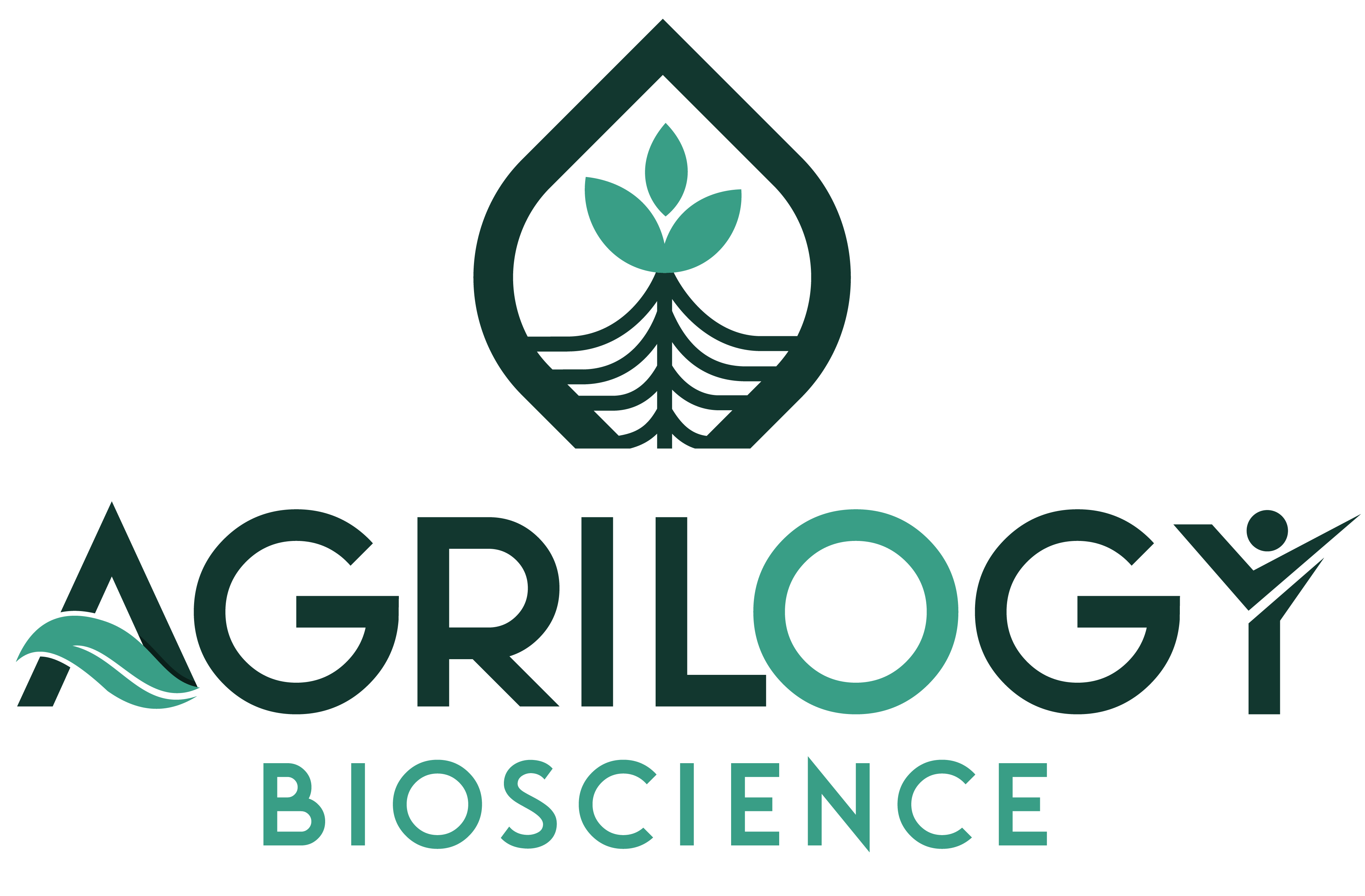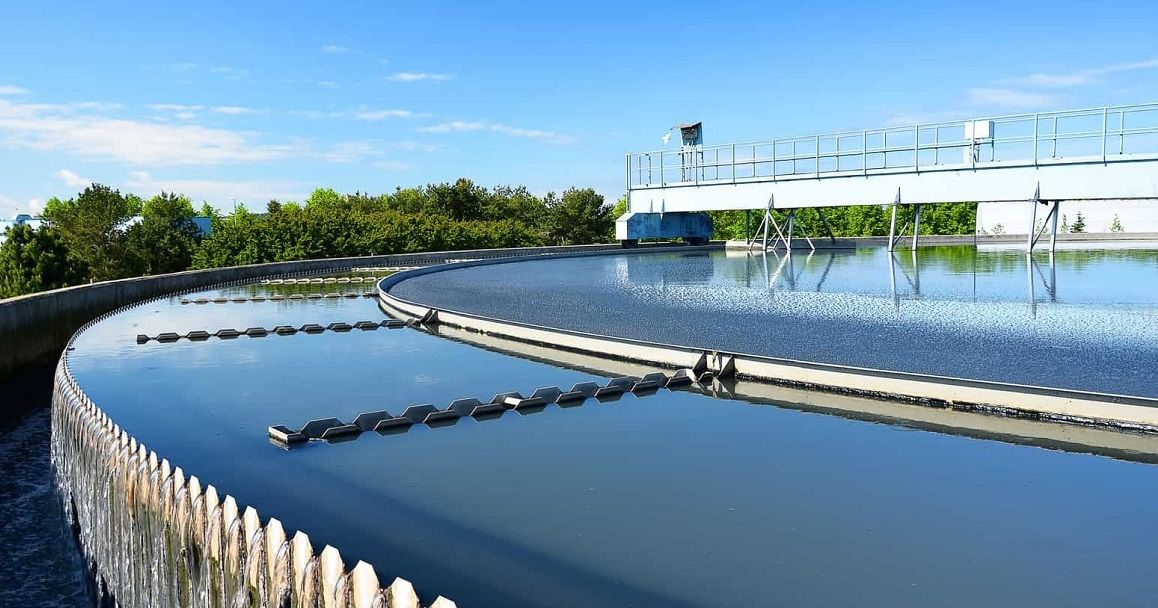
- Home
- Odour Control Powder
The primary objective of this comprehensive study is to rigorously assess the efficacy of BioReme odour control Powder in mitigating malodorous emissions emanating from a slaughterhouse Effluent Treatment Plant (ETP).

Deep Gandhi
| No | Index | Title |
|---|---|---|
| 1 | 1 | Deep |

Odor Control Evaluation in Slaughterhouse Effluent Treatment Plant (ETP)
Objective
The primary objective of this comprehensive study is to rigorously assess the efficacy of BioReme odour control Powder in mitigating malodorous emissions emanating from a slaughterhouse Effluent Treatment Plant (ETP). By conducting detailed sensory evaluations and chemical analyses before and after treatment, we aim to provide substantial evidence of the solution's effectiveness in improving air quality and reducing unpleasant odours.
Methodology
The methodology employed in this study involves meticulous data collection and analysis to ensure accurate and reliable results.
Sampling Protocol
Effluent samples were collected from the slaughterhouse ETP at three distinct time points throughout the day – morning, afternoon, and evening – over a two-week period. This comprehensive sampling strategy allows for a thorough assessment of temporal variations in odour emissions.
Sensory Evaluation
Team comprising one member from Greencraft and 3 from customer side conducted sensory evaluations of the effluent samples, rating the intensity of malodours on a scale of 1 to 10 before and after the application of theBioReme odour control Powder. This subjective assessment provides valuable insights into the perceived effectiveness of the treatment.
Chemical Analysis
Chemical analysis was performed using state-of-the-art equipment, including a portable gas chromatograph equipped with a flame ionization detector (GC-FID). This analytical technique enables the quantification of key odorants present in the effluent, such as hydrogen sulphide (H2S), ammonia (NH3), and mercaptans, before and after dosing of BioReme Odour control.
Results: The results obtained from the comprehensive study are as follows:
Sensory Evaluation Results:
| Time Point | Before Treatment (Score 1-10) | After Treatment (Score 1-10) | Reduction (%) |
|---|---|---|---|
| Morning | 7 | 2 | 71% |
| Afternoon | 8 | 2 | 62.50% |
| Evening | 6 | 2 | 66.70% |
Conclusion
The comprehensive study conclusively demonstrates the significant efficacy of the BioReme odour control Powder in reducing malodorous emissions from the slaughterhouse ETP. Both sensory evaluations and chemical analyses indicate substantial reductions in odour intensity and odorant concentrations post-treatment, with percentage reductions ranging from 62.5% to 71%. These findings underscore the effectiveness of the odour control solution in improving air quality and creating a more pleasant environment for workers and surrounding communities.
DOWNLOAD
Featured Content
Watch our curated video collection
Complete Case study Overview
Get an in-depth look at how we approached this project, the challenges we faced, and the innovative solutions we developed.
Demo
Demo
Case study Objectives
Odor Intensity Assessment
Evaluate and measure the baseline odor levels in the slaughterhouse ETP through systematic sensory analysis and establish a quantifiable reduction target.
Chemical Composition Analysis
Analyze the concentration of key odorants like hydrogen sulphide, ammonia, and mercaptans using GC-FID technology to track treatment effectiveness.
Treatment Efficacy Validation
Document and verify the performance of BioReme odour control Powder through comparative analysis of pre and post-treatment measurements.
Find out other Case studies
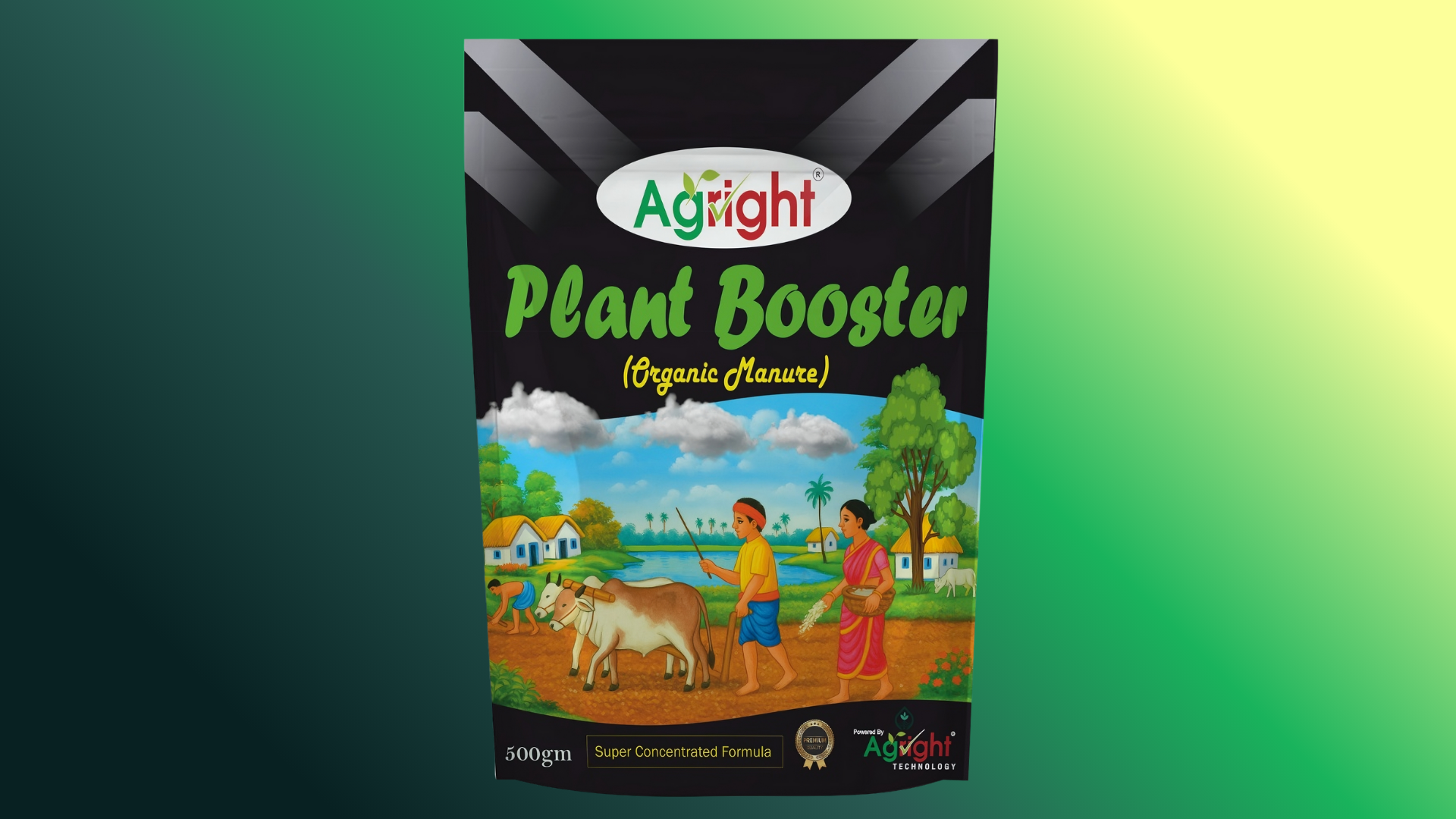
Agright Plant Booster Revitalizes Onion Growth and Soil Fertility in Gujarat

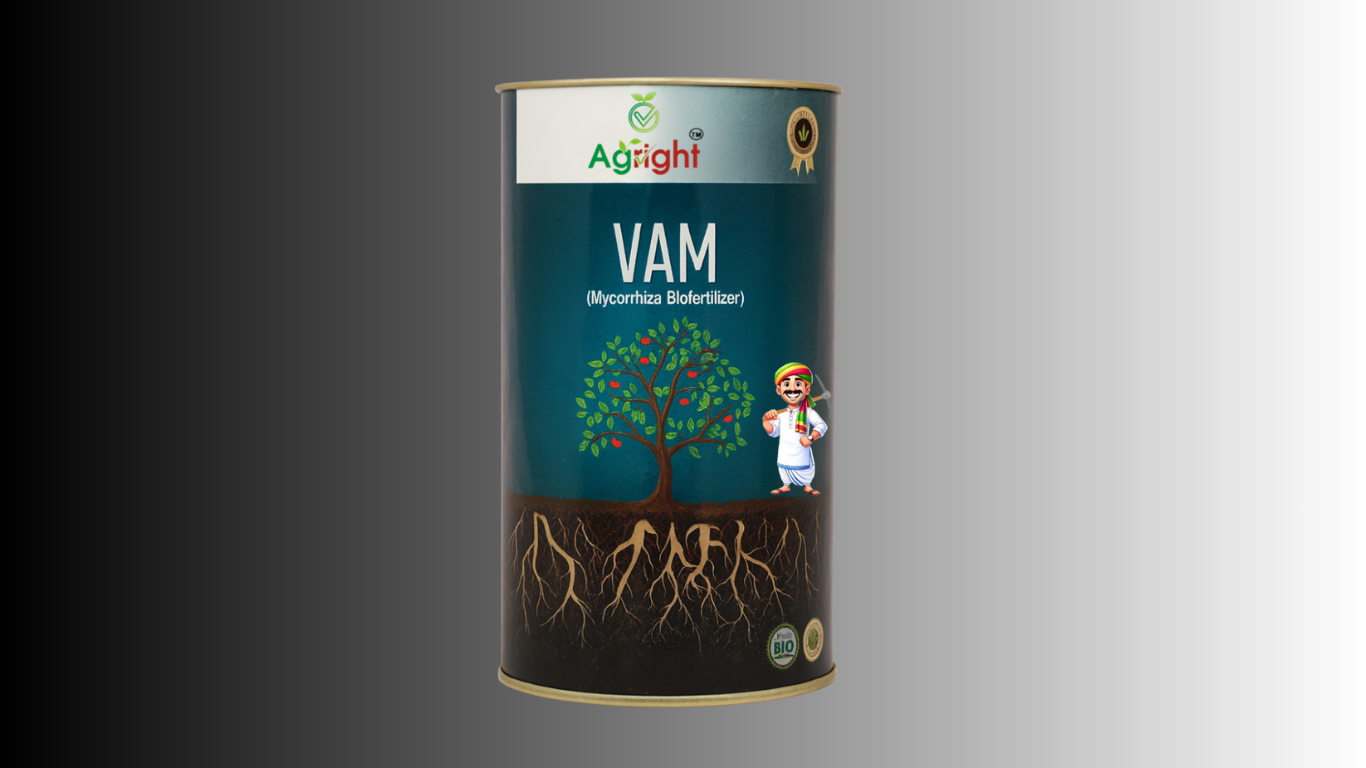
Strengthening Root Architecture in Fenugreek Using Agright Mycorrhiza VAM Powder

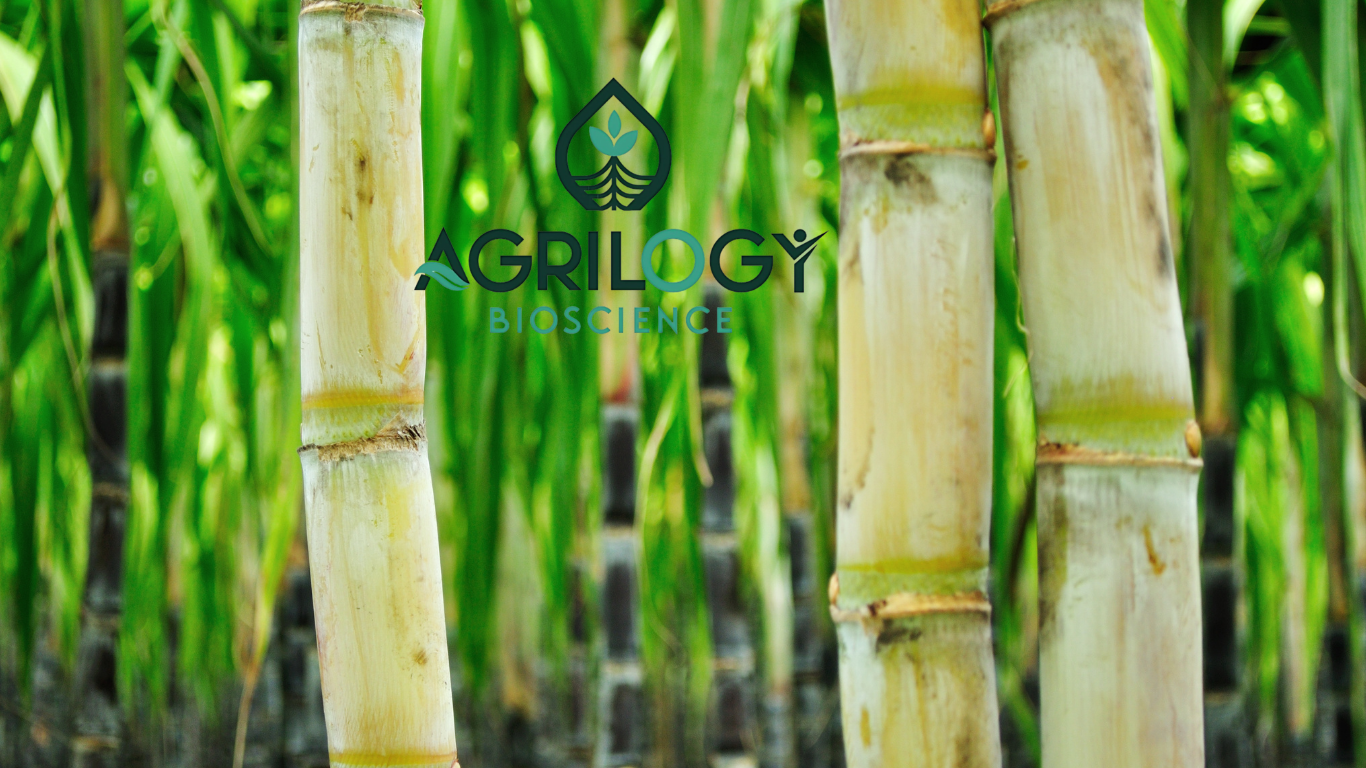
Greenical VAM™ in Sugarcane Cultivation (Bardoli, Gujarat)

